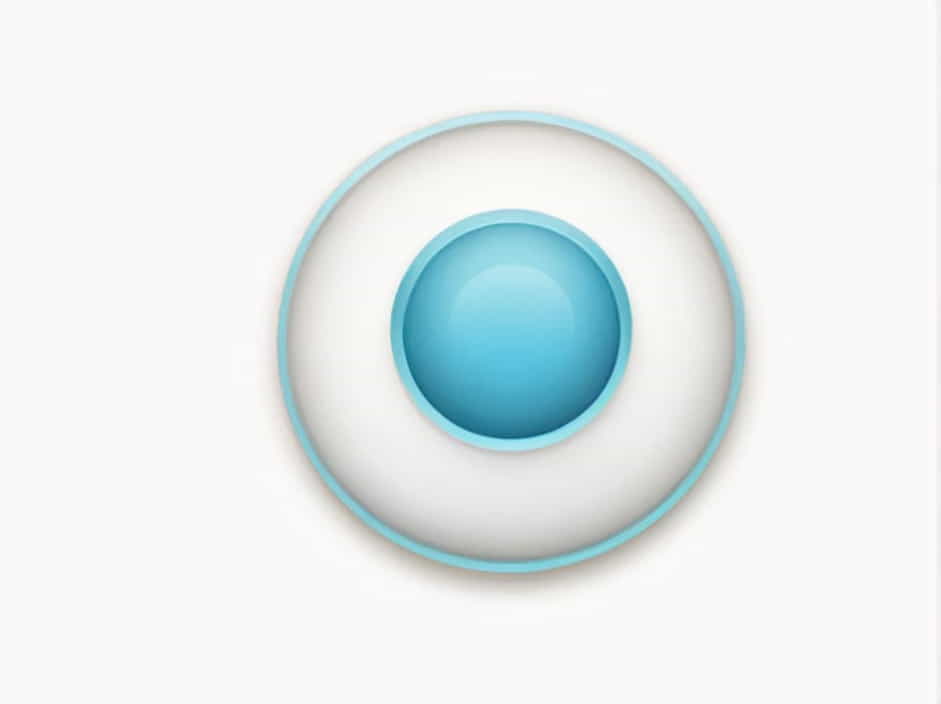Saccharin is a non-nutritive artificial sweetener widely used in food and beverages. It is significantly sweeter than sugar but contains no calories, making it a popular sugar substitute. Understanding its molar mass, chemical structure, and composition is essential for applications in food science and chemistry.
Chemical Formula of Saccharin
The chemical formula of saccharin is C₇H₅NO₃S. This formula represents its molecular composition:
-
C (Carbon) = 7 atoms
-
H (Hydrogen) = 5 atoms
-
N (Nitrogen) = 1 atom
-
O (Oxygen) = 3 atoms
-
S (Sulfur) = 1 atom
To determine the molar mass of saccharin, we need to calculate the sum of the atomic masses of these elements.
Molar Mass Calculation of Saccharin
The atomic masses of the elements in saccharin are:
-
Carbon (C) = 12.01 g/mol
-
Hydrogen (H) = 1.008 g/mol
-
Nitrogen (N) = 14.01 g/mol
-
Oxygen (O) = 16.00 g/mol
-
Sulfur (S) = 32.07 g/mol
Using these values, the molar mass of saccharin is calculated as follows:
Thus, the molar mass of saccharin is 183.19 g/mol.
Physical and Chemical Properties of Saccharin
Physical Properties
-
Appearance: White, crystalline powder
-
Taste: Intensely sweet (about 300-400 times sweeter than sugar)
-
Solubility: Soluble in water and ethanol
-
Melting Point: 228-229°C (442-444°F)
Chemical Properties
-
Stability: Chemically stable under normal conditions
-
Acidity: Slightly acidic due to the presence of a sulfonamide group
-
Reactivity: Can react with strong bases and acids
Uses of Saccharin
Saccharin is widely used in various industries, including:
1. Food and Beverage Industry
Saccharin is a calorie-free sweetener used in:
-
Diet sodas
-
Sugar-free candies
-
Baked goods
-
Chewing gum
2. Pharmaceutical Industry
It is added to medications and syrups to improve taste.
3. Cosmetic Industry
Saccharin is used in toothpaste, mouthwash, and lip products as a sweetening agent.
4. Chemical and Laboratory Uses
Saccharin is used as a chemical intermediate in various laboratory applications.
How Does Saccharin Compare to Other Sweeteners?
| Sweetener | Molar Mass (g/mol) | Sweetness Compared to Sugar | Calories |
|---|---|---|---|
| Saccharin | 183.19 | 300-400x | 0 |
| Aspartame | 294.30 | 200x | Low |
| Sucralose | 397.64 | 600x | 0 |
| Stevia | Variable | 150-300x | 0 |
Among these sweeteners, saccharin has a lower molar mass and is one of the oldest artificial sweeteners in use.
The molar mass of saccharin is 183.19 g/mol. This artificial sweetener is widely used due to its intense sweetness and zero-calorie content. Its chemical properties, stability, and solubility make it suitable for food, pharmaceutical, and cosmetic applications. Understanding its molar mass and structure helps in various scientific and industrial processes.
